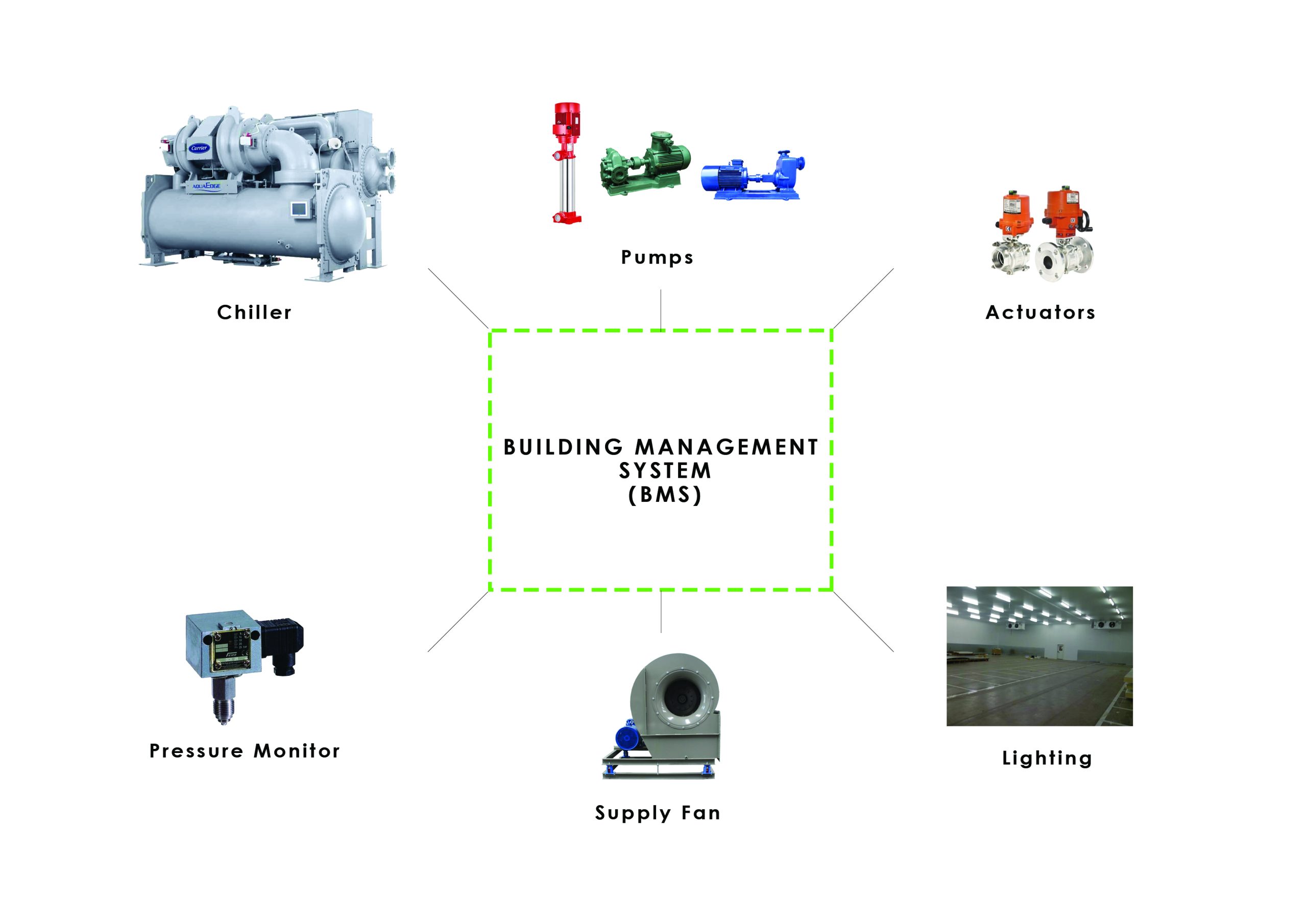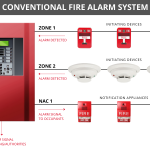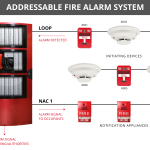BMS, also known as Building Management System or Building Automation System, plays a vital role in the seamless operation of various facilities and subsystems within a building. Its primary responsibility is to regulate and control these systems, ensuring they operate within predefined parameters and function optimally.
By integrating and automating the management of subsystems like lighting, HVAC, security, and more, a BMS contributes to the safety and efficiency of a building. It allows facility operators to have full control over mechanical and electrical services, enabling the creation of preferred environmental conditions and efficient energy management.
One of the key advantages of a BMS is its ability to monitor and optimize energy usage. Through real-time data collection and analysis, it identifies areas of energy wastage and suggests adjustments to achieve optimal efficiency. This not only reduces operational costs but also helps reduce the environmental impact of a building.
Furthermore, a BMS enhances the comfort and safety of building occupants. By maintaining proper environmental conditions, such as temperature, humidity, and lighting levels, it ensures a pleasant and productive indoor environment. Additionally, the integration of security systems within the BMS allows for centralized monitoring, immediate response to alarms, and effective access control, enhancing overall building security.
In conclusion, implementing a Building Management System offers numerous benefits. It empowers users with complete control over building subsystems, promotes energy efficiency, enhances occupant comfort, and ensures the safety and security of the facility. The future of smart buildings lies in the integration of comprehensive BMS solutions that revolutionize the way buildings are managed and operated.




